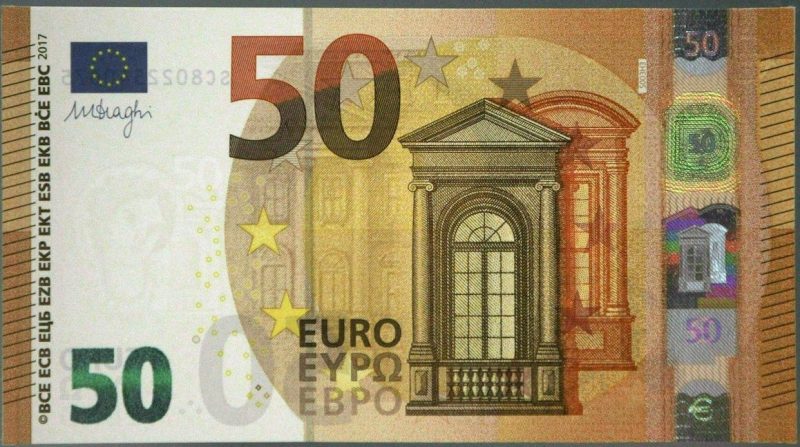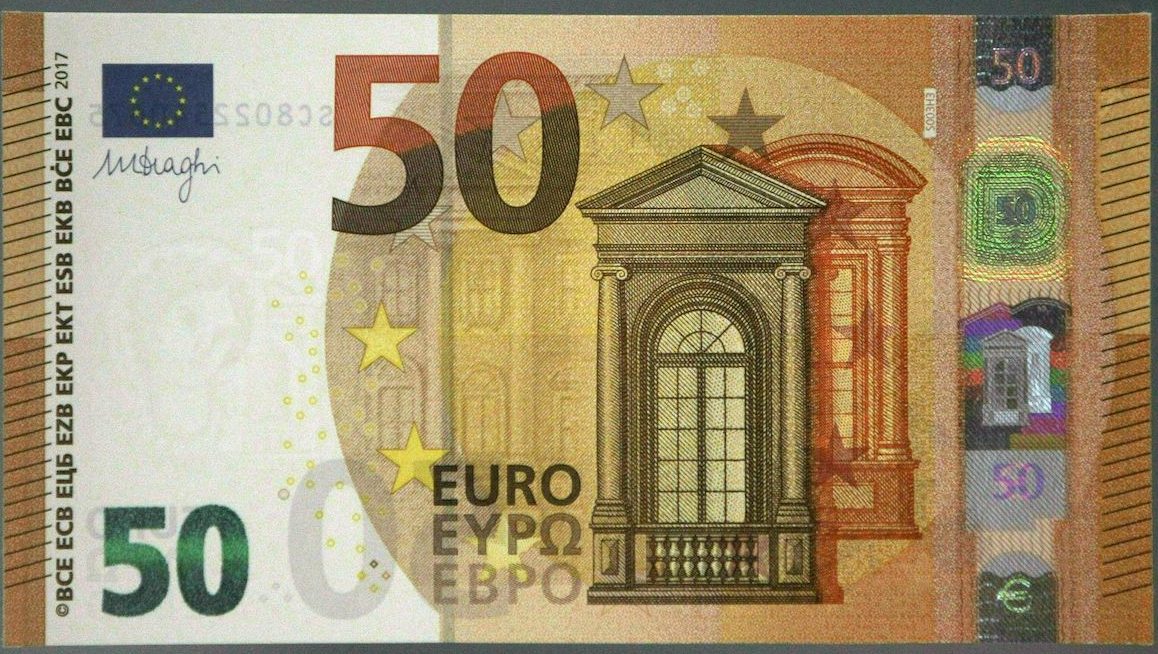
The €50 is both the euro’s most popular denomination and one of the most counterfeited bills in the world.
That’s why the European Central Bank brought in a neuroscientist to redesign the bills, which have just gone into circulation.
Stanford University neuroscientist David Eagleman helped the ECB come up with features to help laypeople spot fake bills. While some of his suggestions were rejected as too costly, his recommendation to use more faces instead of just buildings was accepted. (The reasoning: it’s much easier to recognize an imperfect face than a flawed structure.)
Other security features include color-changing inks, threads, and microprinting. Most intriguing: a “portrait window” that frames a hologram of the mythic princess Europa. She also appears as a watermark when the banknote is held up to the light. (Look closely at the left side of the bill above.)
Theoretically, with its security features and a design that mistakes by counterfeiters more readily recognizable, the €50 will gain currency as a major step forward in the battle against counterfeiters.
To read more at Quartz, click here.
—RealClearLife
This article was featured in the InsideHook newsletter. Sign up now.
























